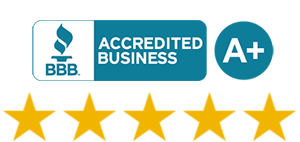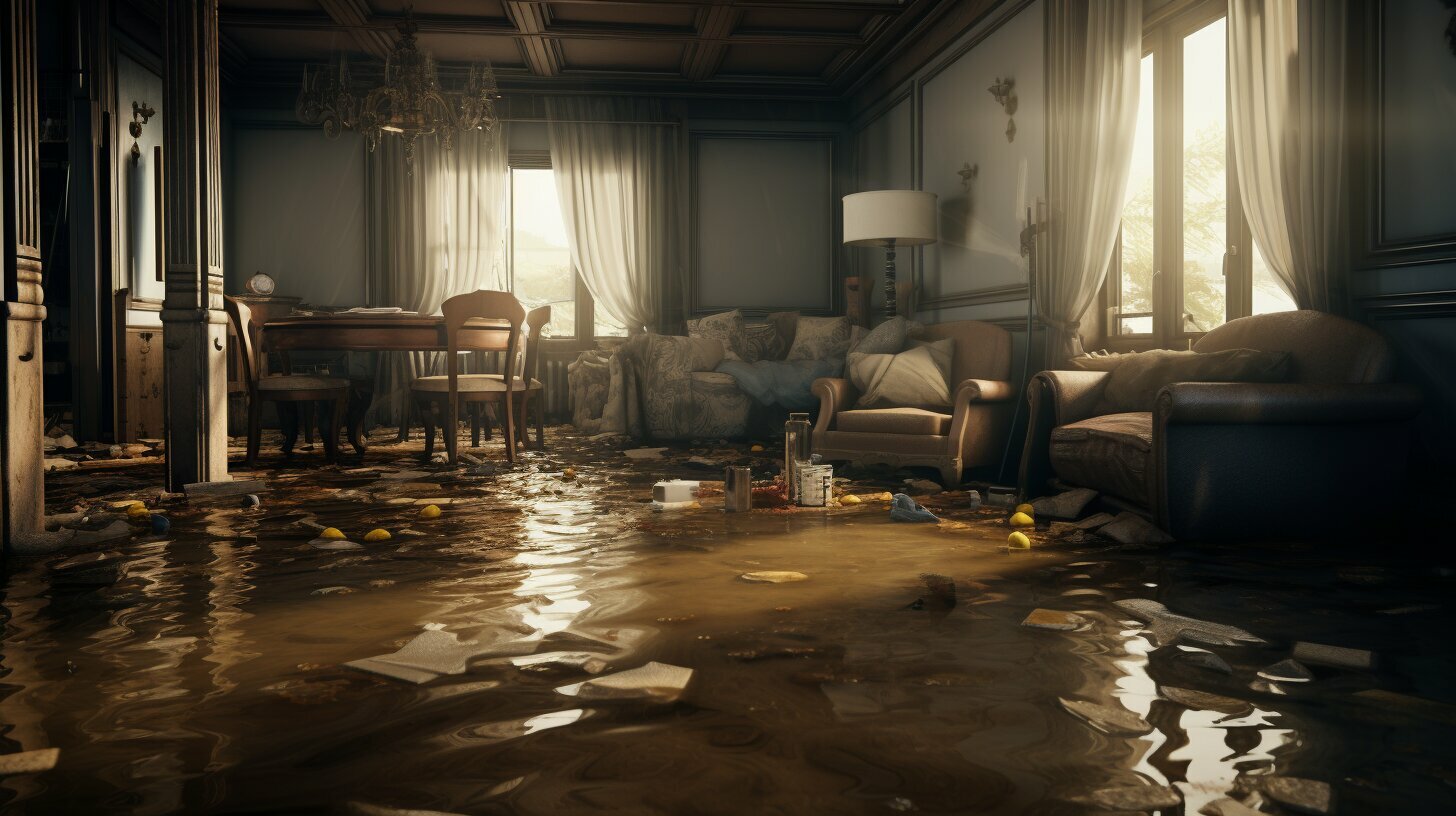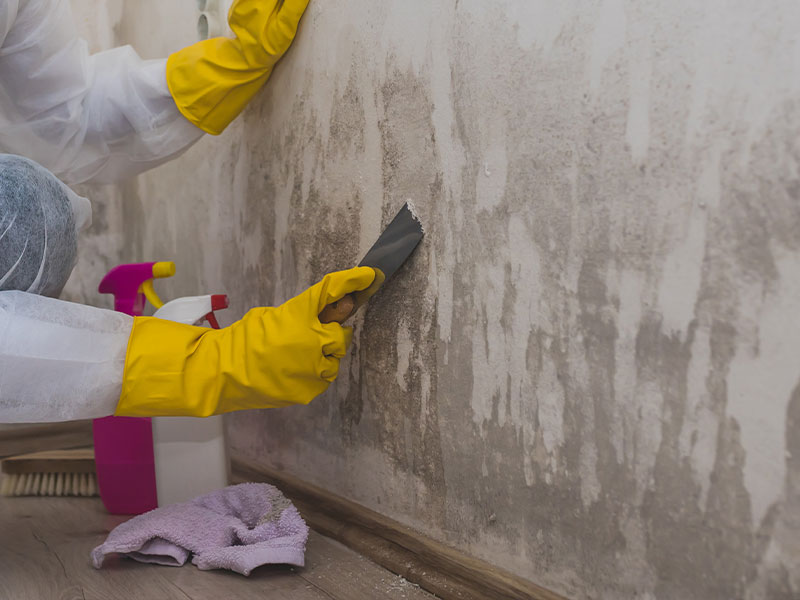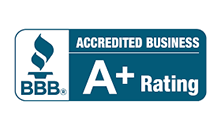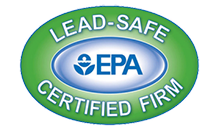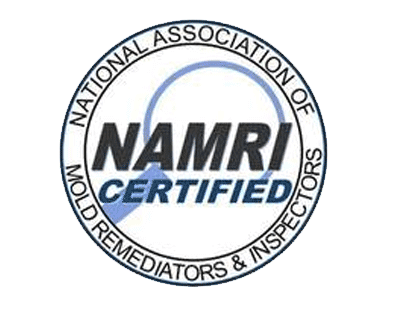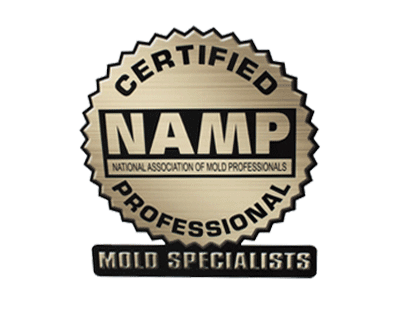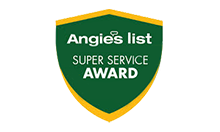After a flood, it is important to take immediate action to clean and restore your property to its pre-flood condition. Cleaning up after a flood is not only necessary for your safety but also to prevent further damage and potential health hazards. By following the right procedures, you can effectively mitigate the impact of a flood and restore your home or business.
Key Takeaways:
- Remove any items that have come in contact with contaminated floodwaters, such as carpet, upholstered furniture, and stuffed animals.
- Wash curtains, clothing, and bedding with hot soapy water, adding bleach if possible, then dry and iron them.
- Flush rugs and furniture with clean water, shampoo them, and allow them to air-dry.
- Wear protective clothing, gloves, goggles, and masks when working in flooded areas or cleaning mold.
- Use cleaning products with disinfectants specifically designed to kill germs, avoiding mixing bleach with other cleaning supplies.
- Ensure proper ventilation by opening windows and using fans to collect dust and control fumes.
- Thoroughly dry flooded areas within 48 hours to prevent mold growth, and discard items that cannot be fully dried.
- Pump water out into your yard or stormwater drain pipes, not the sewer system.
- Consider hiring professionals for extensive mold or flood damage, and consult a medical provider if you have pre-existing respiratory conditions.
Steps for flood damage cleanup and restoration
Follow these steps to properly clean up and restore your property after a flood:
1. Remove carpet, upholstered furniture, and stuffed animals that may have come in contact with contaminated floodwaters. Take photographs of all the damaged property that needs to be thrown away for insurance purposes.
2. Wash curtains, clothing, and bedding with hot soapy water. Bleach them whenever possible and then dry and iron them.
3. Flush rugs and furniture with clean water, shampoo them, and air-dry them.
4. Wear protective clothing such as pants, long sleeves, boots, and rubber gloves to protect yourself from germs, mold, and cleaning supplies. Use goggles and an N-95 mask when working in flooded areas or cleaning mold.
5. Use soap or cleaning products with a disinfectant for killing germs. Do not mix bleach with other cleaning supplies in the same bucket.
6. Open windows and use fans to pull fumes from the work area. Mist down areas to control dust and collect it with a wet/dry shop vac.
7. Wash hands thoroughly with soap and warm water or an alcohol-based hand sanitizer after cleaning.
8. Dry flooded areas thoroughly within 48 hours to prevent mold growth. If carpets, clothing, paper, and other absorbent materials cannot be completely dried, it is best to throw them out.
9. Pump water out into your yard or into stormwater drain pipes instead of the sewer system.
10. Consider hiring a professional for large amounts of mold or flood damage. Consult a medical provider before cleaning up if you have asthma, allergies, or breathing problems.
FAQ
What items should be removed after a flood?
After a flood, it is important to remove carpet, upholstered furniture, and stuffed animals that may have come in contact with contaminated floodwaters. Take photographs of all the damaged property that needs to be thrown away for insurance purposes.
How should curtains, clothing, and bedding be cleaned?
Wash curtains, clothing, and bedding with hot soapy water. Bleach them whenever possible and then dry and iron them.
How should rugs and furniture be cleaned?
Flush rugs and furniture with clean water, shampoo them, and air-dry them.
What protective clothing should be worn during cleanup?
Wear protective clothing such as pants, long sleeves, boots, and rubber gloves to protect yourself from germs, mold, and cleaning supplies. Use goggles and an N-95 mask when working in flooded areas or cleaning mold.
What cleaning products should be used?
Use soap or cleaning products with a disinfectant for killing germs. Do not mix bleach with other cleaning supplies in the same bucket.
How can fumes and dust be controlled during cleanup?
Open windows and use fans to pull fumes from the work area. Mist down areas to control dust and collect it with a wet/dry shop vac.
What should be done after cleaning to prevent mold growth?
Thoroughly dry flooded areas within 48 hours to prevent mold growth. If carpets, clothing, paper, and other absorbent materials cannot be completely dried, it is best to throw them out.
Where should water be pumped out after a flood?
Pump water out into your yard or into stormwater drain pipes instead of the sewer system.
When should a professional be considered for cleanup?
Consider hiring a professional for large amounts of mold or flood damage. Consult a medical provider before cleaning up if you have asthma, allergies, or breathing problems.


